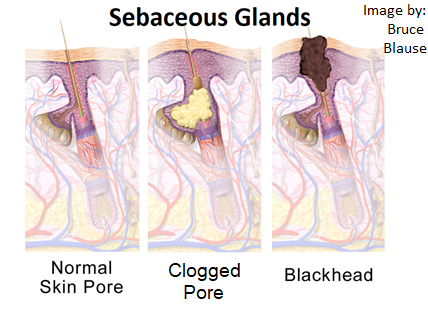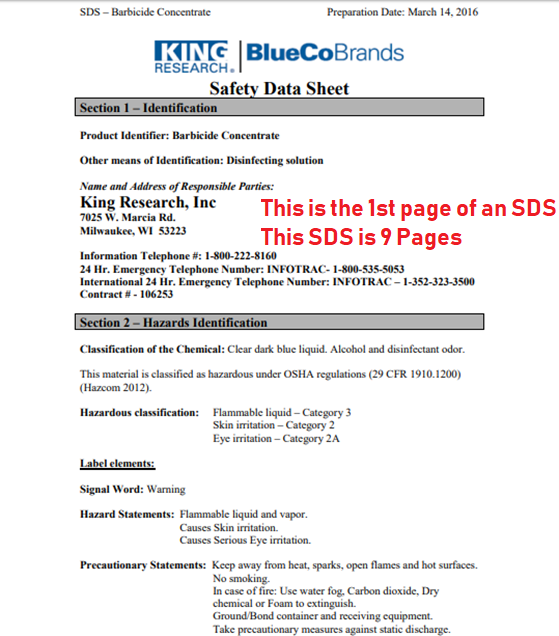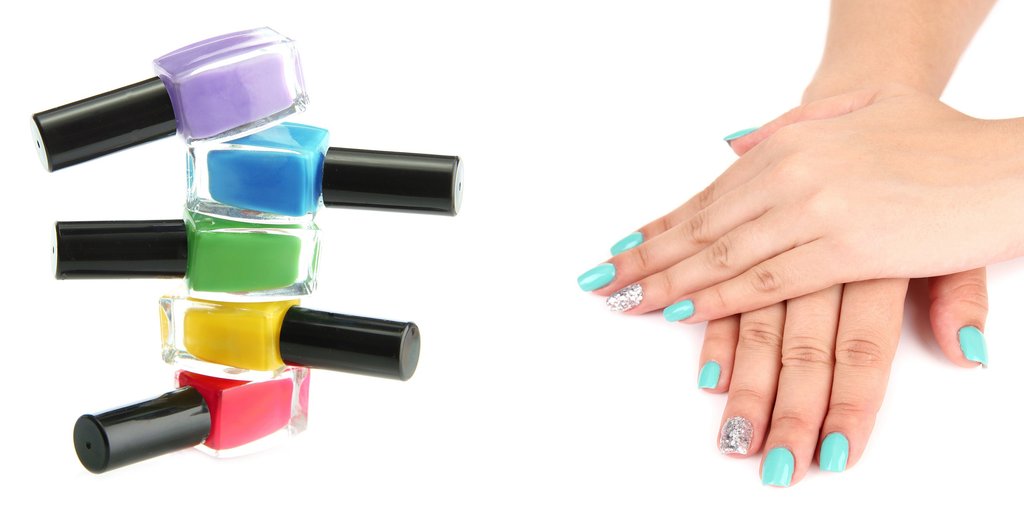by Selena Belisle, Founder/Instructor, CE Institute LLC
Providing massage, facial, bodywork, cosmetology appointments and other non-invasive services is usually acceptable depending on WHEN this service is provided. Massage, facial, bodywork, cosmetology appointments and other hands-on services immediately AFTER Botox application is contraindicated.
It is contraindicated in most massage, facial, bodywork, cosmetology appointments to work directly on broken skin. According to WebMD: "Getting Botox takes only a few minutes. You won’t need anesthesia. The provider uses a small needle to inject Botox into specific muscles with only minor discomfort."
According to Medline:
Botox is a drug made from a toxin produced by the bacterium Clostridium botulinum. It's the same toxin that causes a life-threatening type of food poisoning called botulism. Doctors use it in small doses to treat health problems, including:
- Temporary smoothing of facial wrinkles and improving your appearance
- Severe underarm sweating
- Cervical dystonia - a neurological disorder that causes severe neck and shoulder muscle contractions
- Blepharospasm - uncontrollable blinking
- Strabismus - misaligned eyes
- Chronic migraine
- Overactive bladder
Botox injections work by weakening or paralyzing certain muscles or by blocking certain nerves. The effects last about three to twelve months, depending on what you are treating. The most common side effects are pain, swelling, or bruising at the injection site. You could also have flu-like symptoms, headache, and upset stomach. Injections in the face may also cause temporary drooping eyelids. You should not use Botox if you are pregnant or breastfeeding.
The Broken Skin Contraindication with Botox or Dysport Application
The majority of botox service is not provided with a singular needle application. Botox providers may insert needles in a dozen different placements and more based on the areas where a client wishes for treatment. This could create multiple areas of broken skin with these needle injections.
It would be contraindicated to provide massage, facial, bodywork, cosmetology appointments and other services that have direct contact over the broken skin where botox has been applied with needles on the same day as application. That is because the skin is broken, and it will take some time for the skin to heal and proliferate before hands-on services will no longer be contraindicated. The skin is usually healed within a day or two from needle punctures; however, each client heals in different time frames. Simply make sure the skin is intact prior to providing hands-on service to the affected area.
Massage Contraindication: Blood Exposure with Botox or Dysport Application
Please also keep in mind that there could be blood exposure on the skin on the same day as Botox application. Blood exposure is another service contraindication, which is why the skin must be healed and intact prior to massage and other appointment services.
The main concern of working with Botox is the broken skin that results with application. However, if you're concerned that your bodywork or other service could interfere with the client's injections, you should contact the client's Botox provider to discuss more with them.
To learn more, please register training with us at: https://ceinstitute.com/
#lymphaticfacial #mld #botox #injections #MLD #manuallymphaticdrainage #lymphaticdrainage #bodywork #bodyworker #massage #massagetherapist #mt #LMT #lymphedema #postsurgical #cosmeticsurgery #plasticsurgery #swelling #edema #facial #cosmetology #cosmetologist #spa #salon #makeupapplication #esthetics #esthetician









 Sebaceous glands can become “clogged” and cause oil/sebum to “back up”, creating infections plus unsightly bumps and cysts within the skin. It is our job as cosmetologists and estheticians to clean the hair and skin (when the service is covered under your license), which can help prevent blockages of these sebaceous glands.
Sebaceous glands can become “clogged” and cause oil/sebum to “back up”, creating infections plus unsightly bumps and cysts within the skin. It is our job as cosmetologists and estheticians to clean the hair and skin (when the service is covered under your license), which can help prevent blockages of these sebaceous glands. 






